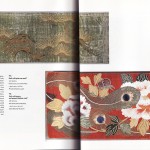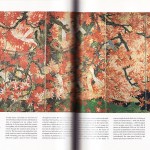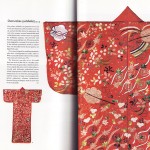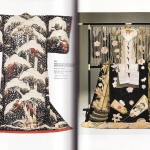I’m not sure who makes these particular raden (mother-of-pearl) obidome, but there’s a huge glut of them on eBay right now. Plenty of different shapes and styles, but all large pieces of mother-of-pearl decorated with Swarovski crystal accents. One seller has them up for Buy It Now prices of approximately $40, but another keeps putting them up as regular auctions with a starting bid of one cent. I bid on a few of them on a whim and got outbid, but since I wasn’t particularly attached I wasn’t upset when I lost. Then this beauty came up. To me, it looked like a moon. I wanted it. I needed it. I bid high, and won it for a whopping ninety-eight cents. The shipping was an impossible two dollars. What a bargain!
It adds the perfect amount of sparkle to an outfit, and even came in a fancy-schmancy black velvet box. Screw diamonds – rhinestones are a girl’s best friend 😉



I’ve already worn it once, with my crazy vintage outfit at the ToyCon.



















 Bebe Taian
Bebe Taian CHOKO Blog
CHOKO Blog Silk & Bones
Silk & Bones Gion Kobu
Gion Kobu